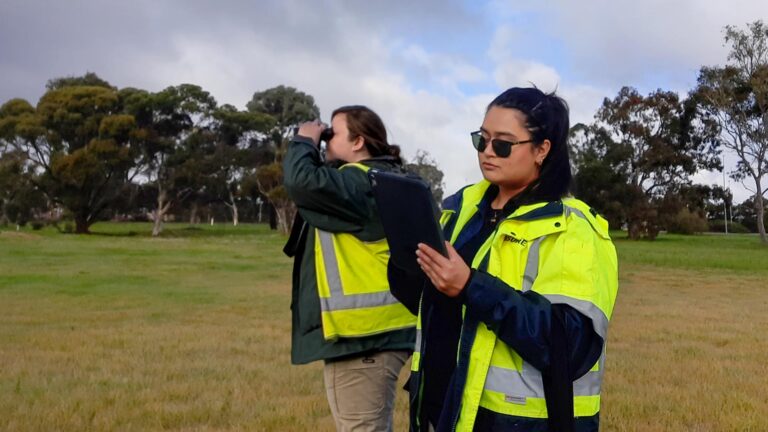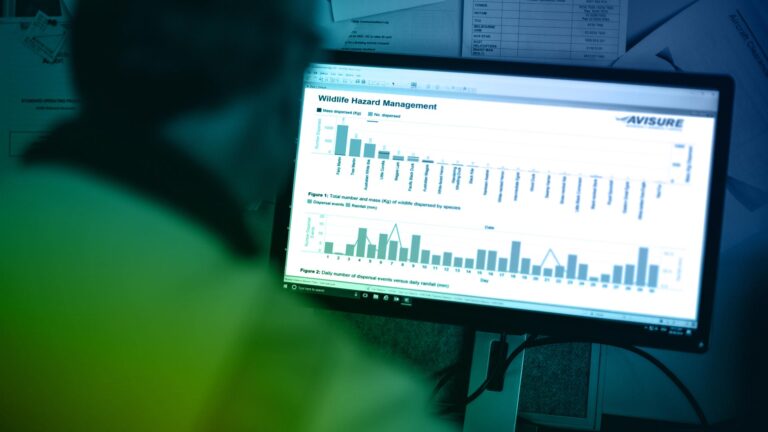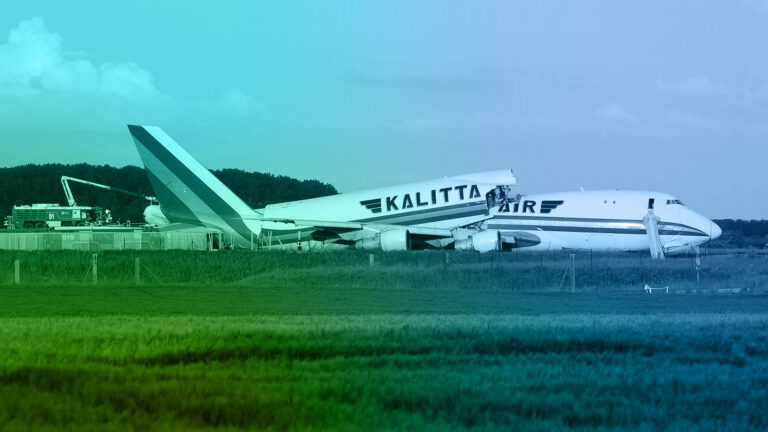Research associate at the German Aerospace Centre
Dr Isabel Metz is one of those fortunate people whose love of what she is doing means she never has to work a day in her life. Even virtually, her passion is infectious. She is a research associate at the German Aerospace Centre (DLR), where she heads the tower control simulation facilities of the Institute of Flight Guidance.
Her PhD, completed two and a half years ago at Delft University of Technology, examined the question, ‘can we use real-time information about wildlife in the extended airport area to give controllers and pilots better awareness of what is going on?’ With the help of data from the Royal Netherlands Air Force, who very generously allowed her full access to their avian radar data, she was able to develop over 100,000 fast-time simulations of wildlife (bird) movements at different times and seasons and to develop a prediction algorithm of their likely effect on aircraft movement if they delayed their departure to avoid strikes. Her simulation identified an average of three such delays per day even at high-traffic density airports, which countered some airports’ fears expressed to her that ‘you’re destroying my capacity’.
Most of her work has been with conventional air traffic, but she has also been working with the chair for eAviation of the Technical University of Munich, looking at advanced aerial mobility vehicles (AAM), or air taxis to answer the question, ‘What can we do about separation with wildlife?’ and attempting to develop ways of effective in-flight collision detection and avoidance. It is a difficult area, she says, trying to raise awareness of the necessity to consider wildlife hazards in development of AAM, both ‘in impact specification requirements and more importantly, ways to prevent collisions in the first place’.
‘There is no typical day’, she says, as she divides her time between her ‘tower simulations and wildlife strike prevention research’. Last year, there even was a chance to combine the two, presenting tower controllers with wildlife strike information in a simulator study.
The remote tower control, she explains, was ‘a concept developed over 12 to 13 years at DLR from a researcher’s idea to real implementation. It’s nice to see ideas come to fruition, as so many remain just concepts.’ The first remote tower was established in 2015 in Sweden, with the first implementation in Germany following in Leipzig in 2019. ‘A second remote tower is being set up as we speak, in Braunschweig (Brunswick), which will control Braunschweig and Emden, also in northwestern Germany, some 250 km away. At our institute which is literally next door to Braunschweig airport, we host the conversion training for the controllers in our tower control simulation facilities.’
She is also active on several international working groups and committees, including the ICAO group working on the IBIS revision, and a smaller independent wildlife hazard management group driven by Aviaire from the UK. While the ICAO process has an understandably lengthy timeline given the number of stakeholders involved – ‘getting 195 states on board’, she enjoys the flexibility and diversity of the smaller group, with its interdisciplinary and pragmatic approach. ‘It’s good to be able to give back,’ she says. ‘Coming from a traffic engineering background, so many colleagues from airport wildlife control units up to government representatives most generously shared their knowledge on the wildlife side of things during my PhD.’
Something perhaps not many will know about her is that she was part of a student team responsible for breaking the world record for the biggest paper plane. Their creation made entirely of paper and glue, with a magnificent 18 metre wingspan, flew at Braunschweig Airport in September 2013.
When she is not pursuing her wildlife hazard management passion, she loves surfing. ‘I first got on the board in Australia when I was over there for two months after completing my master’s in science, and now take the opportunity to surf whenever I have the chance.’ Her PhD thesis opens with a quote from Jon Foreman, lead singer and co-founder of ‘Switchfoot’:




